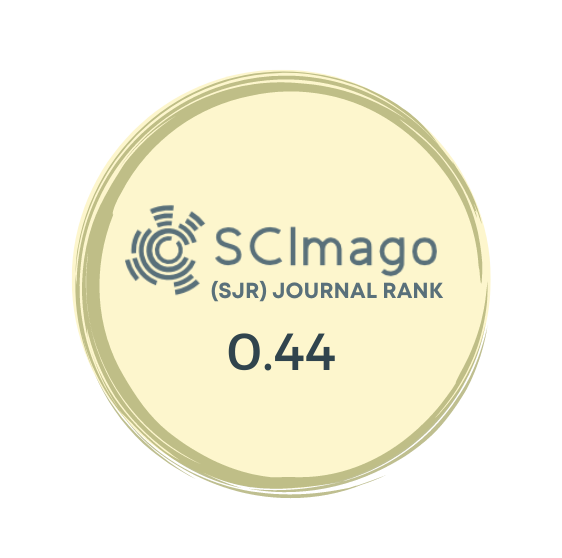Abstract
Objective: Our aim was to assess the results of posterior retraction technique to prevent iatrogenic radial nerve injury during humeral fracture surgery.\r\nMethods: Seventy-two patients who underwent surgery for a distal humerus fracture between 1996 and 2002 were reviewed. These 72 patients comprised Group 1. Following a cadaveric study on the vascularization of the radial nerve, a modified surgical approach was undertaken starting in 2002. Sixty-one patients who underwent this new surgical approach were included in Group 2. The rates of radial nerve deficit of the groups were compared using the Pearson chi-square test. \r\nResults: In Group 1, 19 iatrogenic nerve deficits occurred. After defining the blood circulation of the nerve, the lateral approach was modified. The anterolateral side of the nerve was released and the nerve was left attached to the triceps muscle. In Group 2, one patient developed postoperative transient nerve deficit. \r\nConclusion: The radial nerve is supplied by the branches of the deep brachial artery in close relation with the triceps muscle. Anterior dissection and posterior retraction of the radial nerve during lateral approach may preserve its blood supply and reduces the risk of iatrogenic injury.
Özet
Amaç: Çalışmamızın amacı, humerus kırığı cerrahisi sırasında iyatrojenik radial sinir hasarı gelişmesini önlemek için başvurulan posterior retraksiyon tekniğinin sonuçlarını değerlendirmekti.\r\nÇalışma planı: Bu çalışmada 1996-2002 yılları arasında cerrahi olarak tedavi edilen distal humerus kırıklı 72 hasta “Grup 1” olarak değerlendirildi. Radial sinirin arteriyel beslenmesinin gösterilmesi için yapılan kadavra çalışması sonrası, modifiye bir cerrahi yaklaşım tercih edildi. Diseksiyon bulgularına göre bu yeni cerrahi yaklaşım ile 2002 yılı sonrası opere edilen 61 hasta “Grup 2” olarak değerlendirildi. Grupların radial sinir yaralanması oranları Pearson ki-kare testi kullanılarak karşılaştırıldı. \r\nBulgular: Grup 1’de 19 iyatrojenik sinir hasarı görüldü. Sinirin kan dolaşımı ve beslenmesi tanımlandıktan sonra lateral yaklaşım değiştirildi. Sinirin triseps kası ile olan komşuluğu korunarak sadece anterolateral kısmı serbestleştirildi. Grup 2’de bir hastada ameliyat sonrası geçici iyatrojenik sinir hasarı gelişti. \r\nÇıkarımlar: Radial sinir triseps kasının komşuluğunda seyreden derin brakiyal arterin verdiği dallar ile beslenir. Sinirin anterior diseksiyonu ve cerrahi sırasında kasla birlikte posteriora ekarte edilmesi, lateral girişimlerde sinirin beslenmesini koruyarak iyatrojenik yaralanma riskini azaltır.



.png)

.png)
